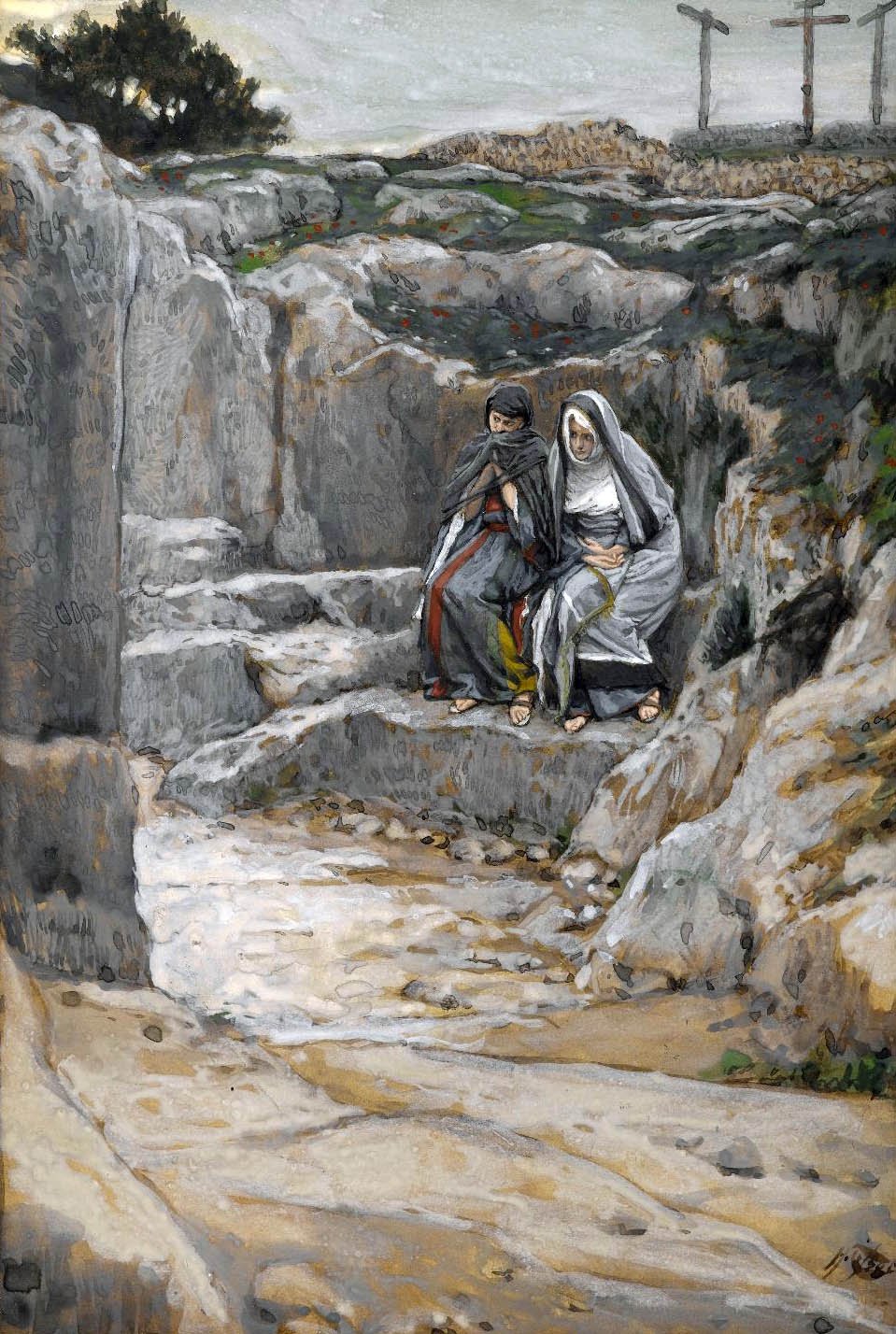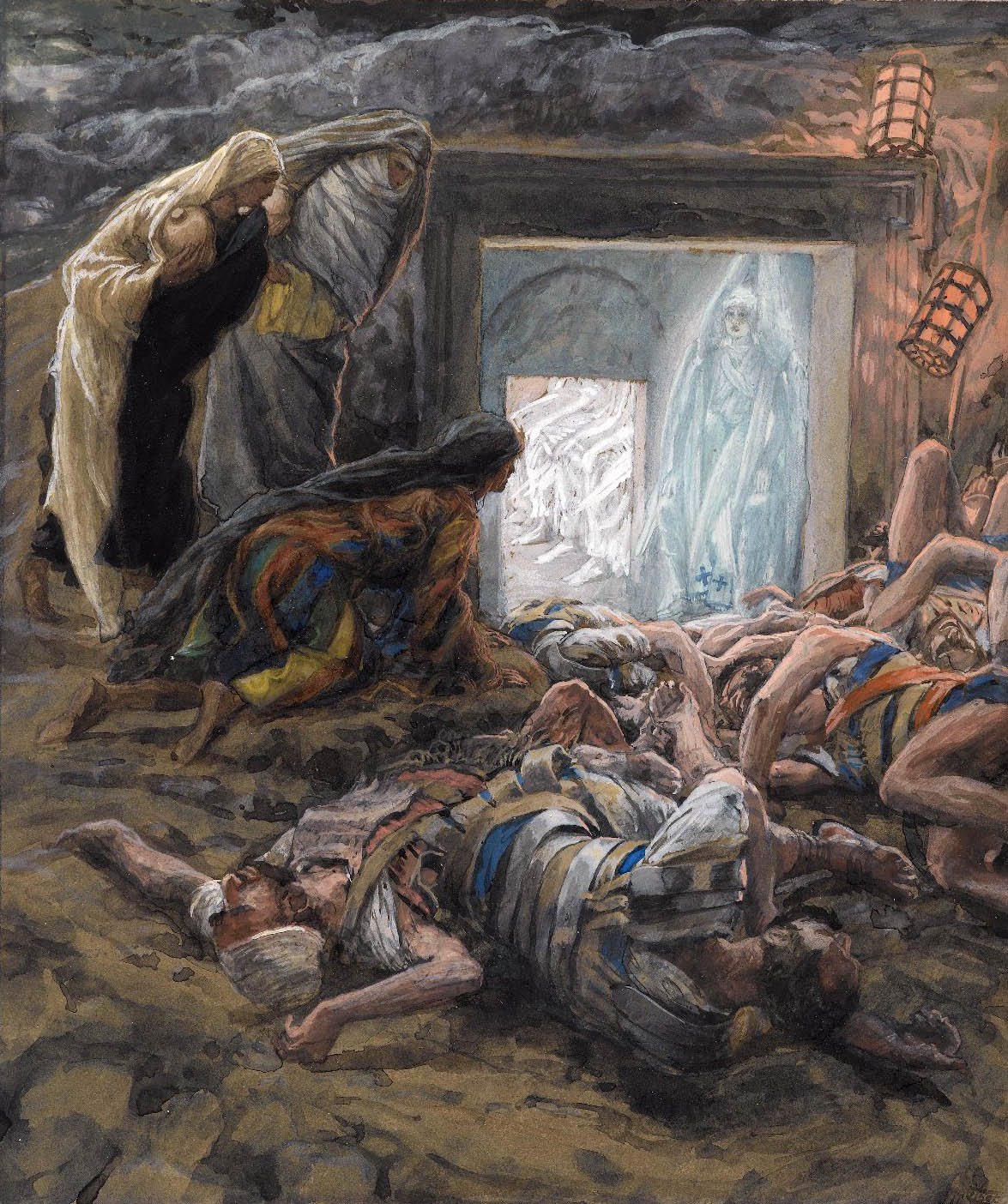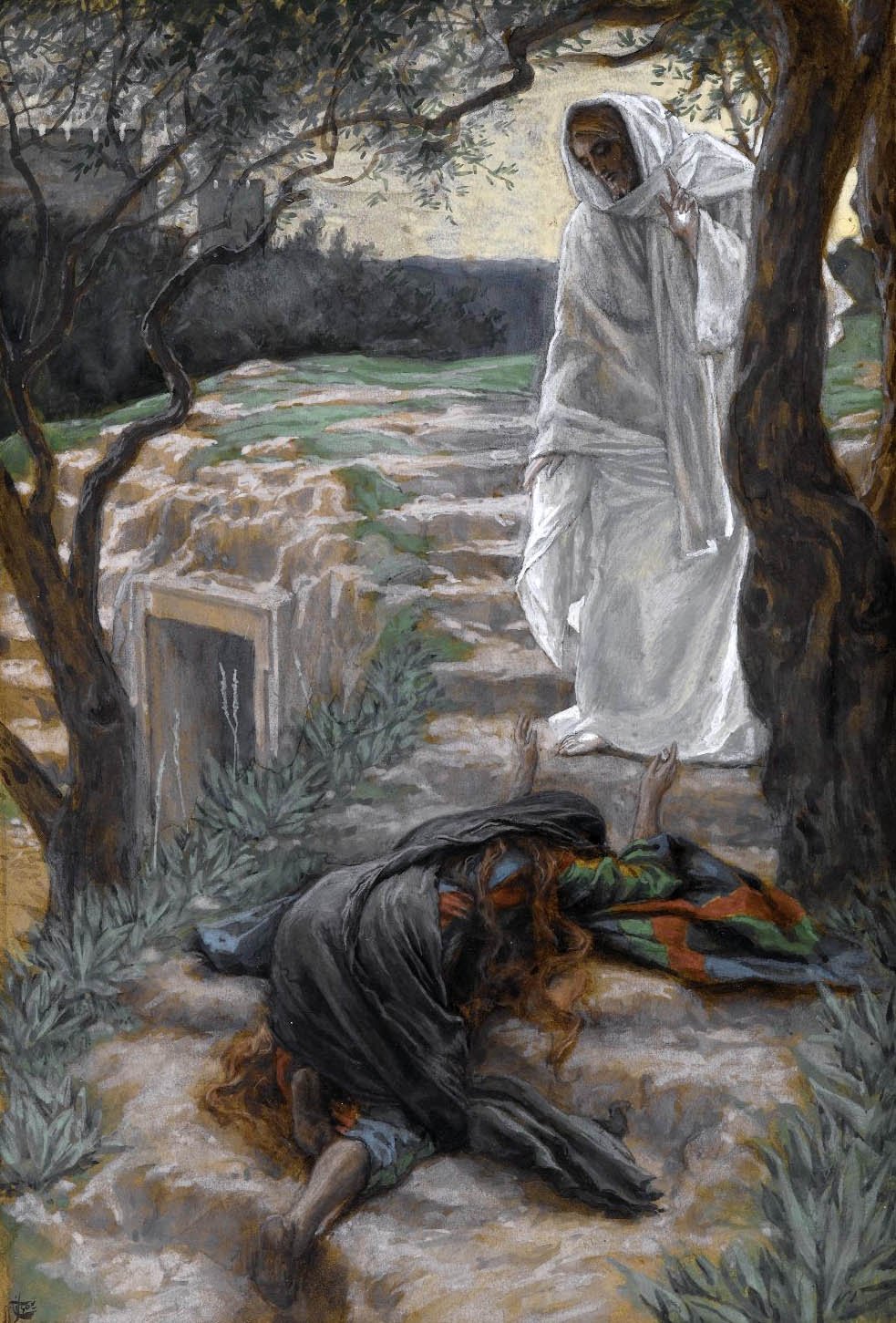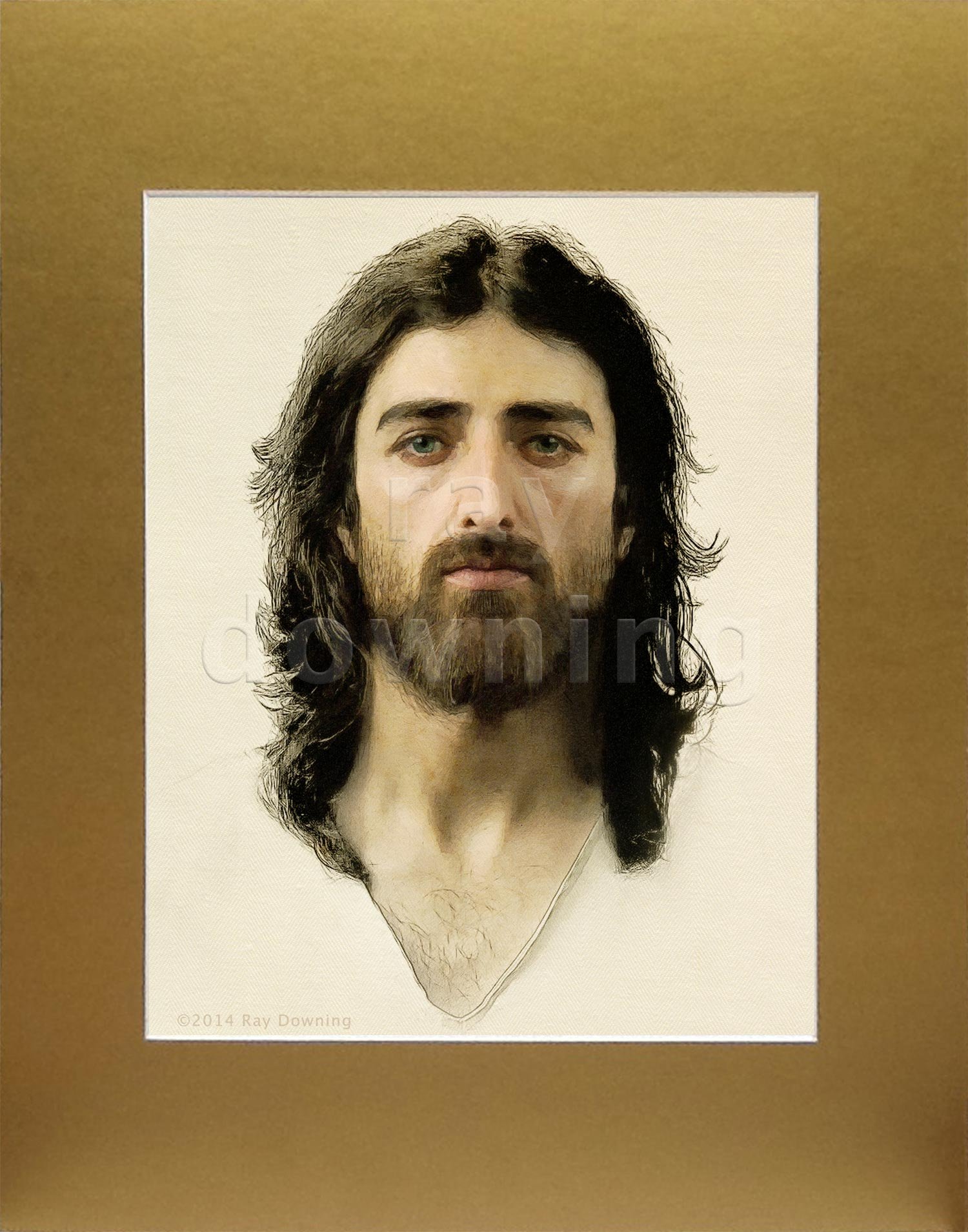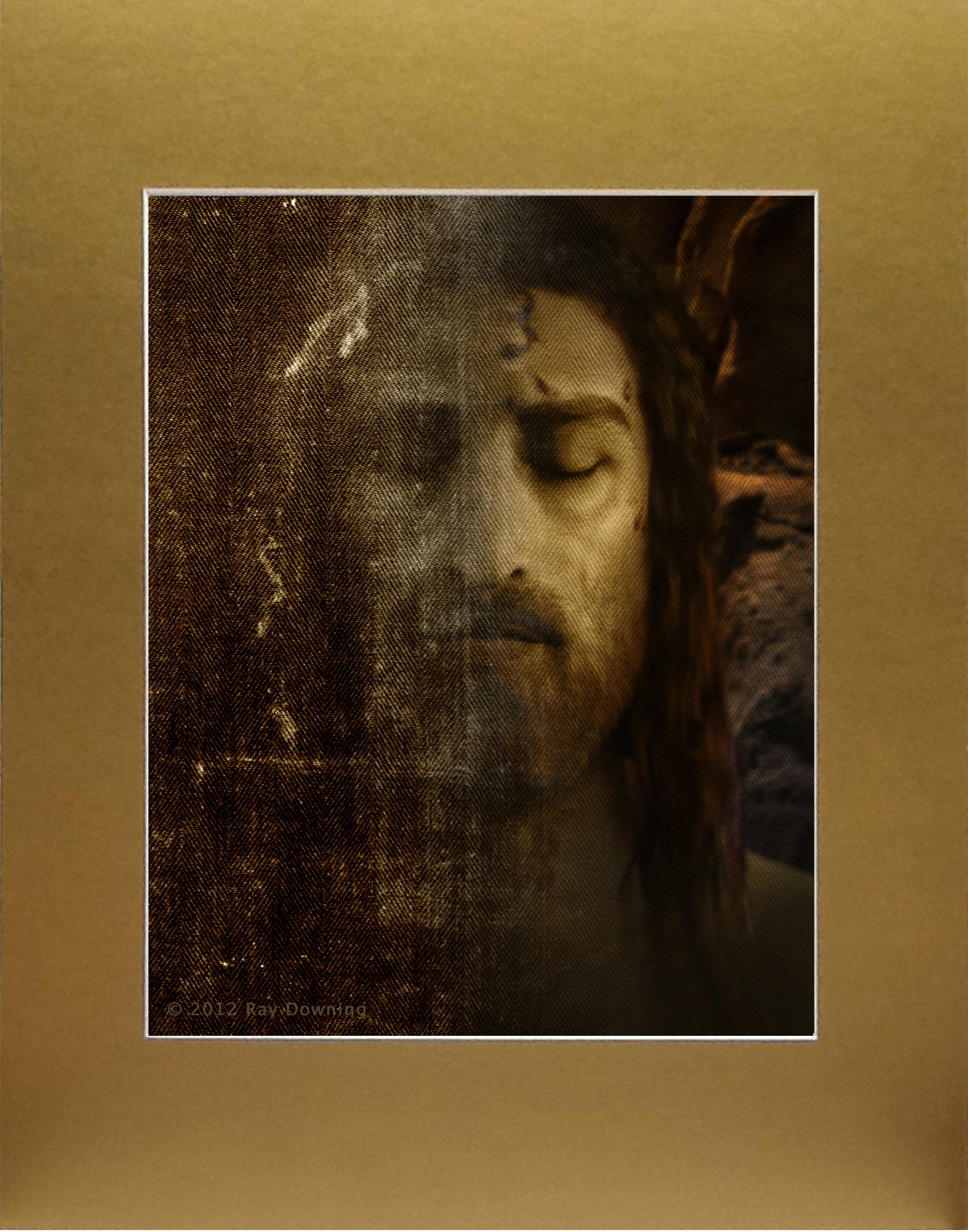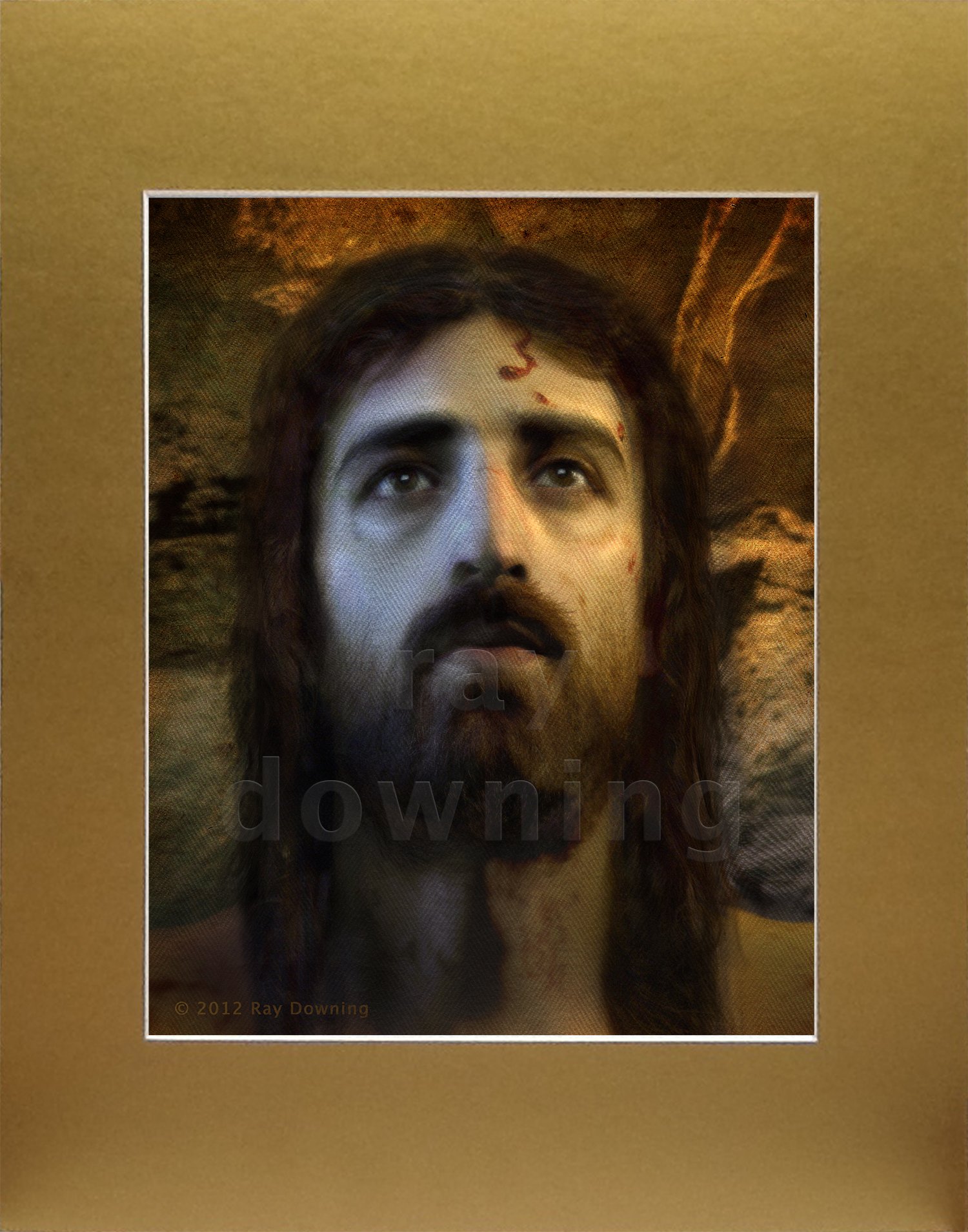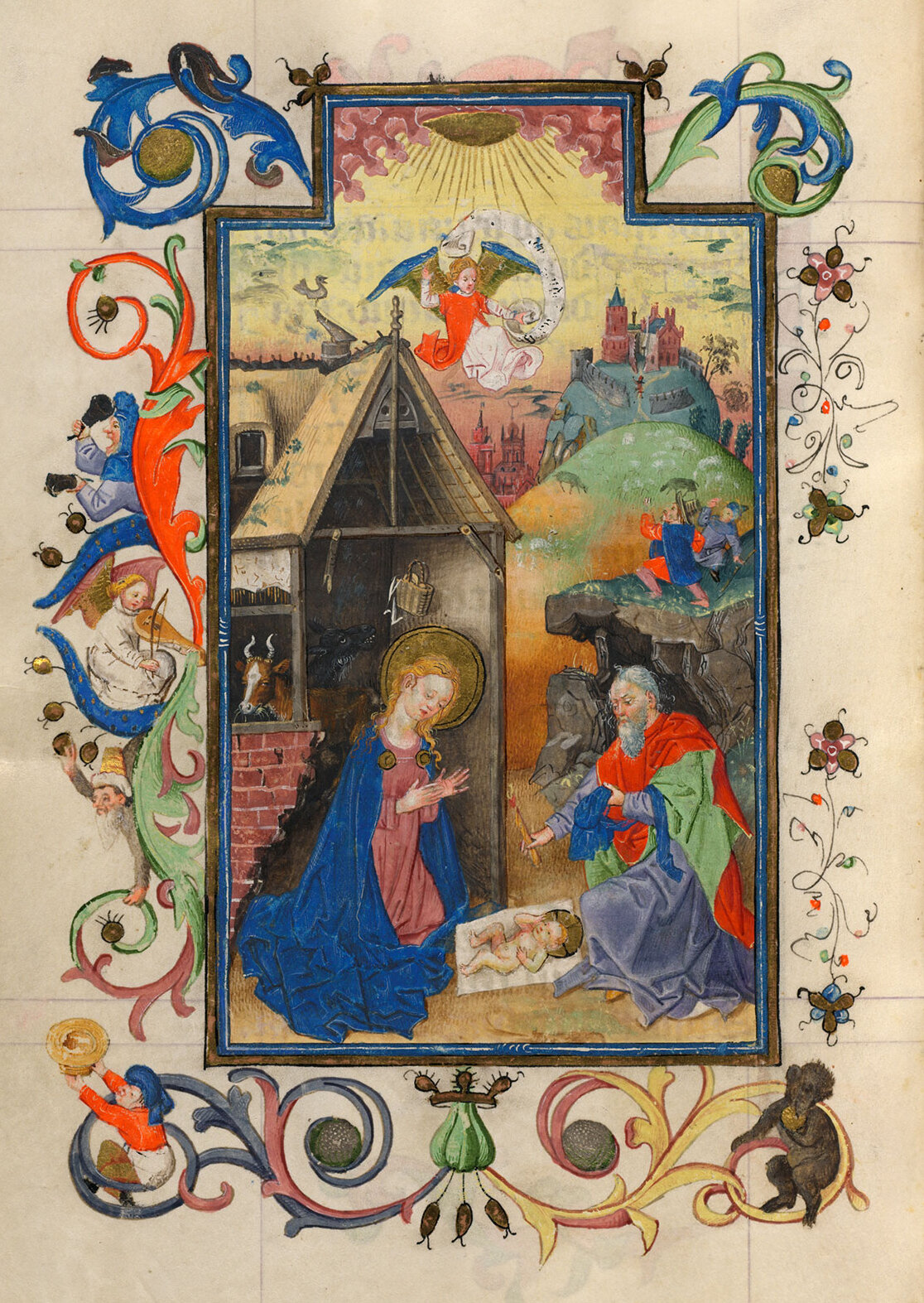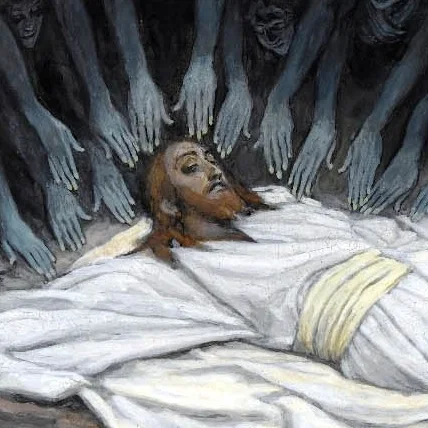The Prominent Role of Women in the Story of Easter
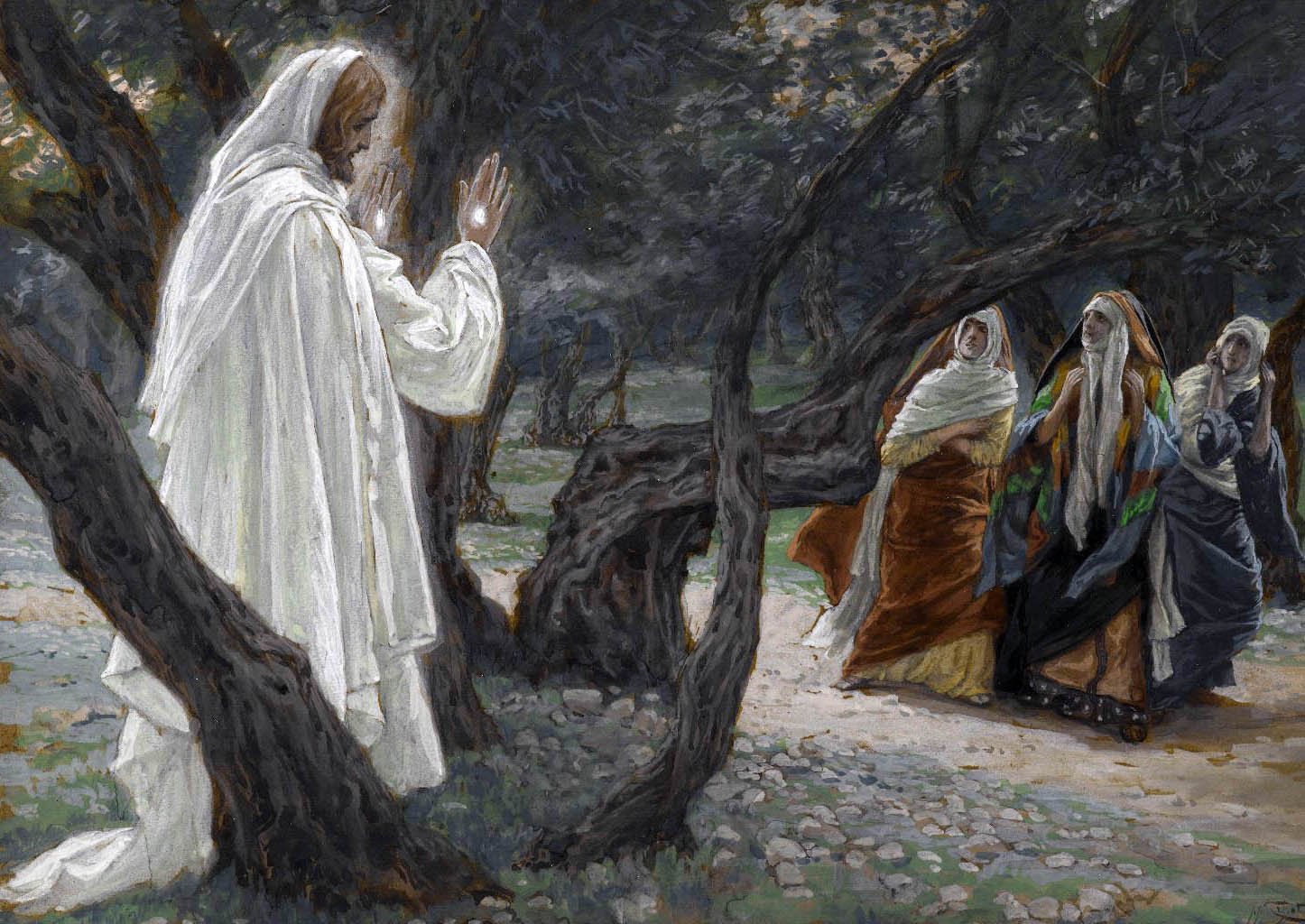
It is remarkable and surprising that women play such a prominent role in the gospels as the first witnesses to the resurrection of Jesus.
They followed Jesus from Galilee and remained faithful to the end
They sought to anoint the body for burial
They went to the tomb to anoint the body on Easter morning
They discovered the empty tomb and learned that Jesus was risen
They reported back to the apostles
In the culture of the time, the testimony of women was considered nothing short of worthless. The first century Jewish historian Josephus commenting on legal practices of that time states:
“Let not the testimony of women be admitted on account of the levity and boldness of their sex…”
— Antiquities 4:219
And yet, the resurrection account is built on the testimony of women. One must ask: if the authors of the four gospels had had a choice, could they have picked a less credible set of witnesses for an impossible event like the resurrection of a dead man.?
The best explanation for the central role of women in the Easter story is that they were central to the story. This strongly suggests that the story is historically correct and factual.
Mary Magdalene was the first to see the risen Jesus
As one might suspect, the male disciples of Jesus were quick to dismiss these women’s report:
“And returned from the sepulchre, and told all these things unto the eleven, and to all the rest.
It was Mary Magdalene and Joanna, and Mary the mother of James, and other women that were with them, which told these things unto the apostles.
And their words seemed to them as idle tales, and they believed them not.”
— New Testament, Luke 24:9
Two men, however, John and Peter, on hearing this report of the missing body, raced to the tomb and there saw and believed.

It is inspiring that the four evangelists, in writing their records of these events, did not shrink from telling the story of these women followers. They seemed so intent on telling the story as it happened that they did not attempt to make it palatable to the prejudices of the time.
This, however, was not to last.
A mere 20 years after the resurrection, the self proclaimed apostle to the gentiles, Paul of Tarsus, presents what some scholars believe to be the first written account of Jesus’ resurrection. In this account, lo and behold, the women have been airbrushed out. In Corinthians 1:15 Paul leaves out all the women mentioned by the four evangelists but, significantly, adds his own name to the list of witnesses to the resurrected Christ:
“… that he appeared to Cephas; then to the twelve; then he appeared to above 500 brethren at once, of whom the greater part remain until now, but some are fallen asleep; then he appeared to James, then to all the apostles; and last of all as to the child untimely born, he appeared to me also. “
In each of the four gospels (not explicitly in Luke) the women are the first to see the risen Jesus. Also in each gospel women are charged with the task of proclaiming the resurrection. It is the testimony of women which sends Peter and John to the empty tomb and arranges for the post resurrection appearances in Galilee. Women are pivotal to the narrative and it is no small thing to compromise the integrity of the account by eliminating them. They were chosen by Jesus and yet Paul chose to avoid mentioning them.
Several explanations have been offered up to account for and excuse Paul’s incorrect accounting of the events:
Paul is thinking of his audience and trying to present only the best and most reliable witnesses.
Paul is only quoting an early creed and others are to blame for the deletion.
Either way, Paul’s omissions serve a good purpose because they amplify the veracity of the original account given in the four gospels. Paul’s “cleaned up” version strongly indicates that the gospels are earlier, non-manicured and an honest representation of these astonishing events.

View of what Jesus might have seen, looking down from the cross.
BLOG ARCHIVE
It is remarkable and surprising that women play such a prominent role in the gospels as the first witnesses to the resurrection of Jesus.
The Gospels give accurate details about Jesus’ travels and distances to the places he visited.
On Easter morning, John and Peter, after hearing Mary Magdalene’s report that Jesus’ body was missing, raced to the tomb.
A bold move from one of the members of the Sanhedrin.
Holy Week in Art: the Resurrected Jesus Appears to Mary Magdalene.
On the fifth day of Holy Week, Jesus is arrested after Judas betrays him with a kiss.
On the fifth day of Holy Week, Judas and his disciples celebrate the passover meal.
On the third day of Holy Week, Judas Iscariot negotiates with the Sanhedrin to hand Jesus over.
On the third day of Holy Week, the religious leaders confront Jesus in order to entrap him.
On the second day of Holy Week, Jesus cleanses the temple.
On Palm Sunday, Jesus enters Jerusalem on a donkey and is greeted by great crowds.
Illuminated books are beautifully decorated texts.
Mosaic, a beautiful and long-lasting art form.
A new collection of miniature portraits of Jesus that fit in any small space.
Creatinine and ferritin iron nanoparticles found on the Shroud of Turin.
A beautiful and otherworldly depiction of an exhausted Jesus surrounded by angels.
A lovely locket pendant with miniature Jesus portrait based on the Shroud of Turin.
The Shroud of Turin would be of limited interest as an ancient artifact were it not for the fact that the gospel of Mark mentions that Joseph of Arimathea wrapped Jesus' body in a linen cloth for burial.
Our movie Jesus Alive Again has been accepted to compete at GLSF.
Two newly discovered molecules shine light into the aroma of the ancient resin.
All artwork on this page is the work of James Tissot (French, 1836-1902 ) and is housed in the Brooklyn Museum.
Listed from top to bottom:
Jesus Appears to the Holy Women, 1886-1894.
The Two Marys Watch the Tomb, 1886-1894.
Mary Magdalene and the Holy Women at the Tomb, 1886-1894.
Jesus Appears to Mary Magdalene, 1886-1894.
Touch Me Not (Noli Me Tangere), 1886-1894.
Saint Peter and Saint John Run to the Sepulchre, 1886-1894.
What Our Lord Saw from the Cross, 1886-1894.
tags / Jesus Passion, Jesus burial, Holy Week, Ray Downing, Real Face of Jesus, Shroud of Turin, Apostles, Mary Magdalene, Magdala, Bible, Crucifixion, Cross, Christian gifts, Christian art, Disciples, Easter gifts, Easter, Good Friday, Holy week, Jesus, James Tissot, Noli Me Tangere, Josephus, Passover, The Last Supper
